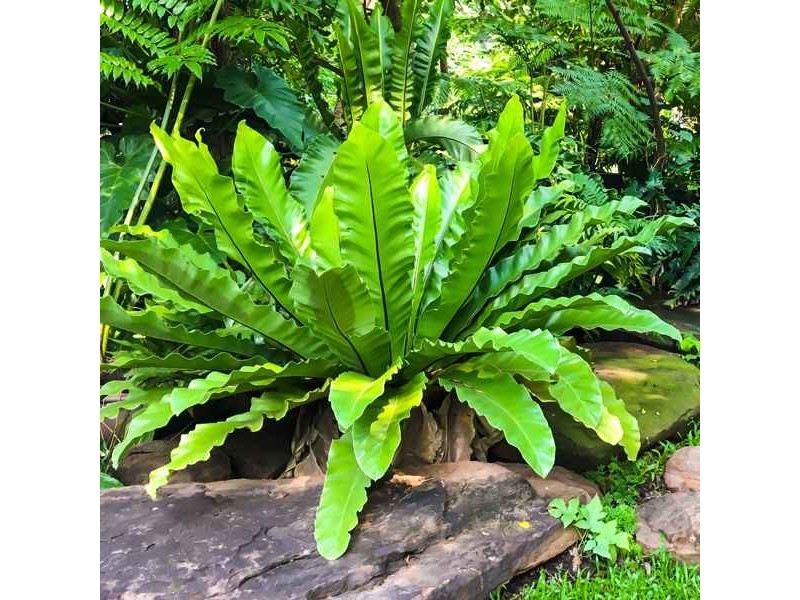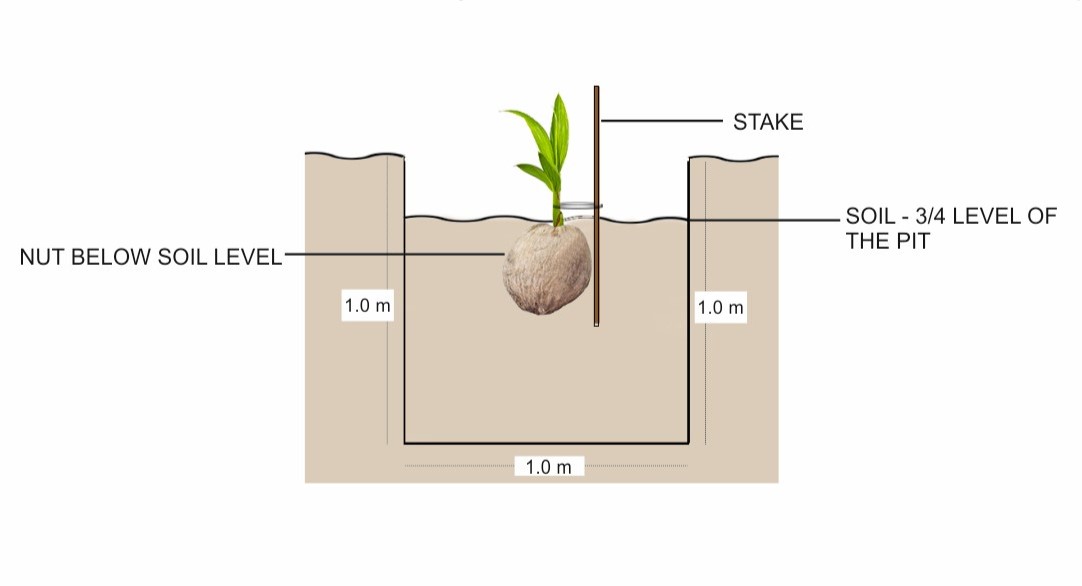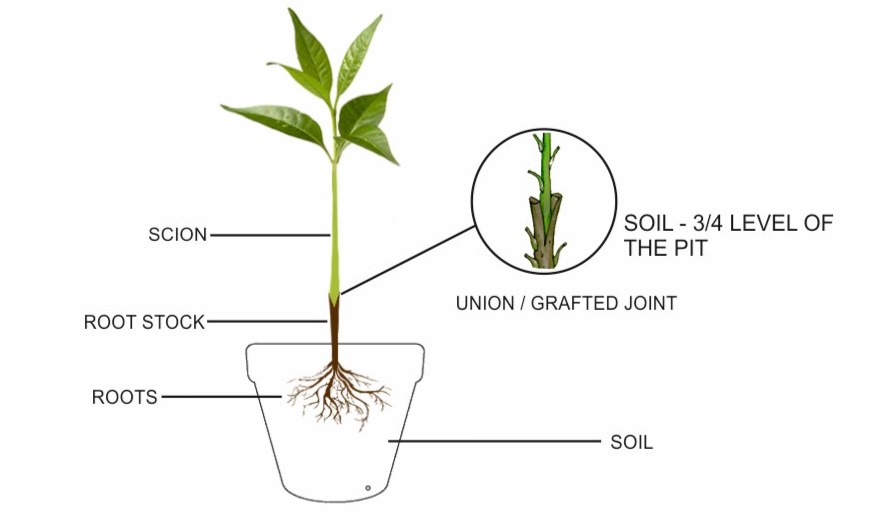

They have such unique foliage! As long as you know a few key things about them, they are super easy to care for and keep alive. And while they may not look like a “traditional” fern, they are still a beautiful fern. I’ll share my favorite types and how to care for Bird’s Nest Ferns.
They have long leaves that all grow out from the center of the plant. They are an epiphyte, which means that in the wild they typically grow on trees. Staghorn ferns are another example of an epiphytic plant which is why so many will be mounted to wood with moss and hung on the wall
Sun light
Bird Nest Fern will grow on tree trunks in their native habitat, they are shaded by the canopy of leaves from their host tree. They prefer partial shade and filtered light. Find a spot where they get enough light
avoid places where it will get too much sun They can only handle a little direct sunlight in the morning,
Watering
Birds nest ferns are tropical plants so they like to stay moist and have high humidity. They don’t like to dry out completely.
If the ends are getting brown and crispy due to the lack of humidity in your space, you can use a humidity tray (a tray of pebbles and water) underneath the fern.
You can mount them like with staghorn ferns, but make sure to water them regularly as they tend to dry out more often when they are mounted. If you plant them in pots, make sure there are drainage holes for the excess water to drain out. While they do like moist soil, if they are are too wet, they will get root rot.
When watering, avoid getting water directly on the center of the plant. Instead, water around the edges of the pot
They can handle being in a smaller pot than you might think. When you buy your plant, if you chose to repot it, don’t put it in a pot that is significantly larger than the pot it is in. And when it does outgrow its pot, only go up one size. Since they normally grow on a tree in their natural habitat (without soil), surrounding their roots with too much soil may cause root rot. Also, when repotting, it is crucial that the center crown stays well above the soil. It will rot if it get buried in the dirt. Use a soil that is full of organic matter and that drains well.
Fertilizing
Bird’s Nest ferns don’t need a ton of fertilizer. Too much fertilizer can kill it. Dilute 2 ml of Flourish https://mrfarmer.com/product/flourish/ in 1 liter of water and about 20 ml of the de-solved solution to the root zone every 30 days


